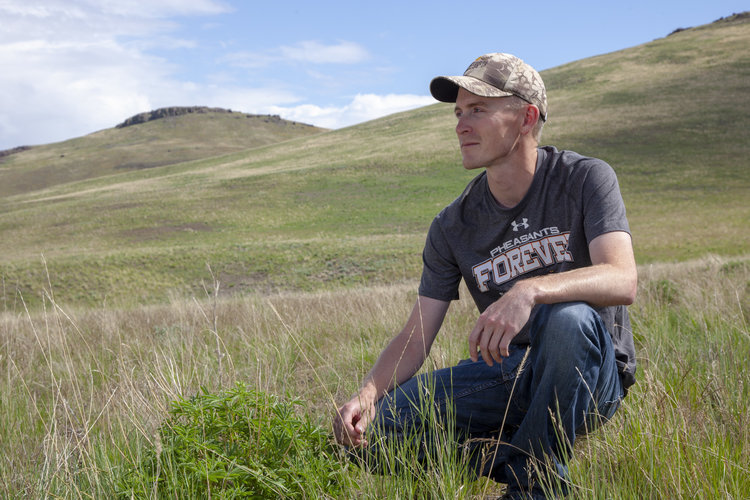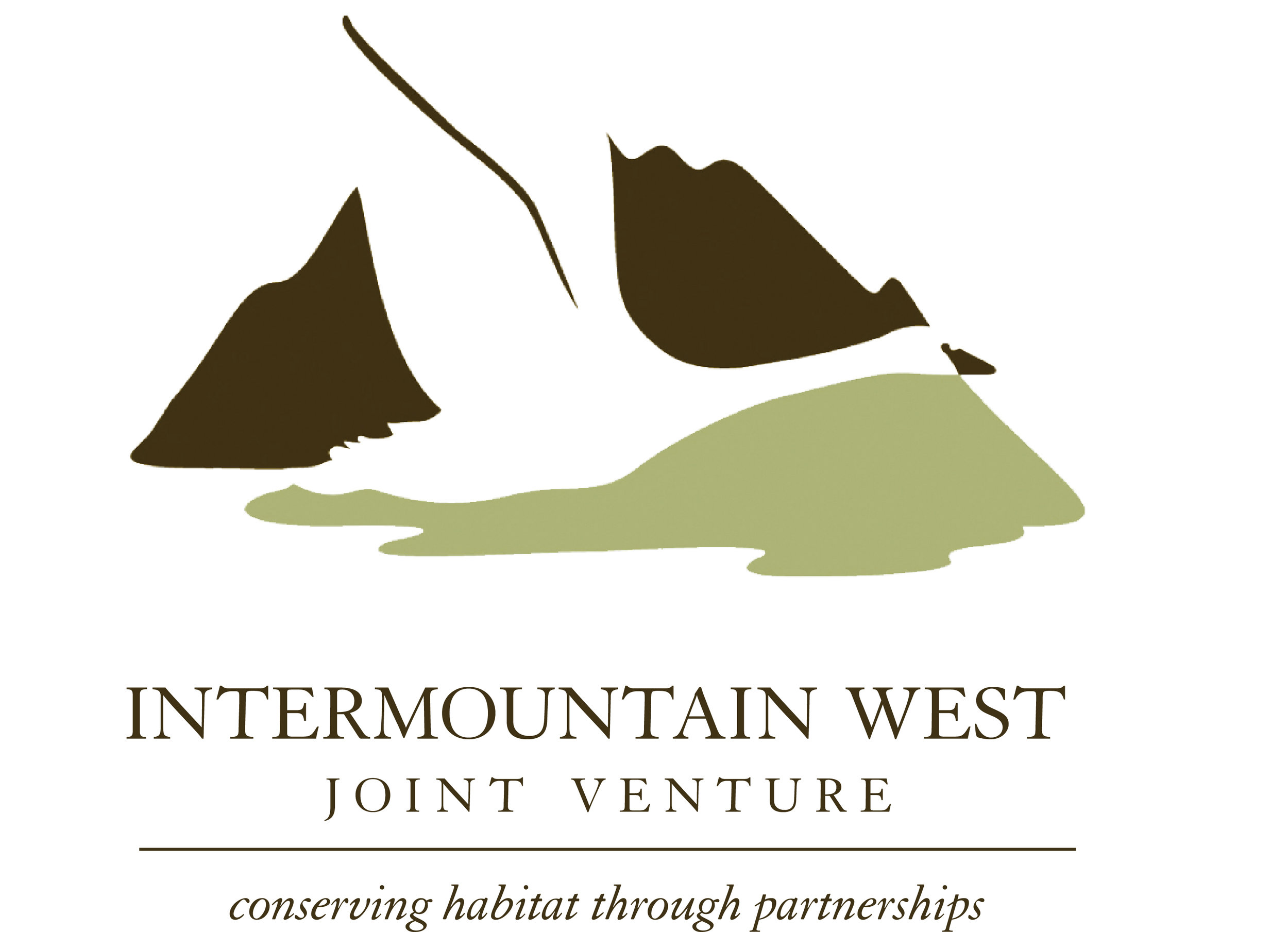Habitats Helped in MT, ID, and AZ: Updates from the Sage Capacity Team
Members of the IWJV/Partnering to Conserve Sagebrush Rangelands Sage Capacity Team have been hard at work across the Intermountain West, making progress on habitat improvement projects within their local communities. Check out all these latest updates, including success in wet meadow restoration projects, ambitious conifer removal work, and an introduction to new faces on our team:
Video: Restoring Wet Meadows in Montana’s Sagebrush Sea
“Every single drainage [in southwest Montana] has somehow been impacted [by erosion]. We need a solution that we can scale up to match the problem.”
Sage Capacity Team member Sean Claffey is coordinator for the Southwest Montana Sagebrush Partnership (SMSP), a network of federal, state, and private partners dedicated to stewarding southwest Montana’s vibrant sagebrush steppe ecosystem.
While the SMSP is involved in a diverse array of projects—including combating invasive annual grasses and conifer removal—a new video from Claffey’s host organization The Nature Conservancy highlights the partnership’s work to repair eroded riparian and wet meadow systems throughout the region using low-tech, hand-built structures, like rock-dam “zeedyks” and wooden beaver dam analogs.
Video & Audio: BOSH Project Restores the Sagebrush Sea in Idaho at a Grand Scale
“Since sage grouse are a landscape-level species, we have to design conifer treatments that are also at a landscape scale ... horizon to horizon.”
Sage Capacity Team member Connor White is the manager of the Bruneau-Owyhee Sage Grouse Habitat project (BOSH) in Owyhee County in southwest Idaho. BOSH is perhaps the most ambitious conifer removal project ever undertaken, with over 140,000 acres of sagebrush habitat treated to remove encroaching conifers as of 2024. In the imperiled sagebrush biome removal of invading young conifer trees is profoundly beneficial for wildlife and specialized birds like Greater Sage-grouse, Brewer’s Sparrows, Sage Thrashers, and more.
Connor and BOSH collaborators were recently featured in a new video from Life on the Range. You may also have heard the team featured on Idaho Matters, a show with Boise State Public Radio. Watch the video and listen in on the BOSH radio piece below.
Article: BLM partners with state, nonprofits to improve ecosystem health and benefit a variety of species
“We’re all moving in the right direction, working together for the benefit of the landscape and wildlife.”
Sage Capacity Team member Jordan Menge is the Arizona Strip Coordinating Wildlife Biologist stationed at the Arizona Strip BLM office in St. George, UT. Menge assists the BLM’s efforts to improve habitat in public lands in this northwest region of AZ for the benefit of people and wildlife—including mule deer within one of the longest migration corridors in the US, on the Kaibab Plateau.
Menge’s office was highlighted in a recent BLM blog article for their accomplishments within the Grand Canyon-Parashant National Monument, which in total will aim to treat almost 1,000 acres of pinyon-juniper and sagebrush habitat with woodland-thinning mastication. The open woodland that results from this project will provide a diverse mosaic of habitat for mule deer and birds.
A recent BLM blog spotlights a mastication project in northeast Arizona’s Grand Canyon-Parashant National Monument.

















